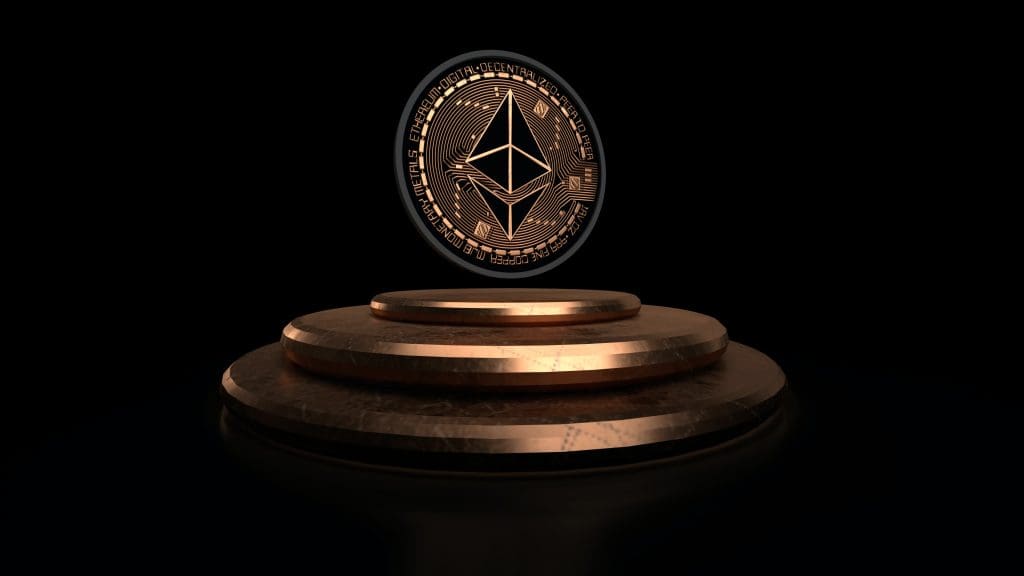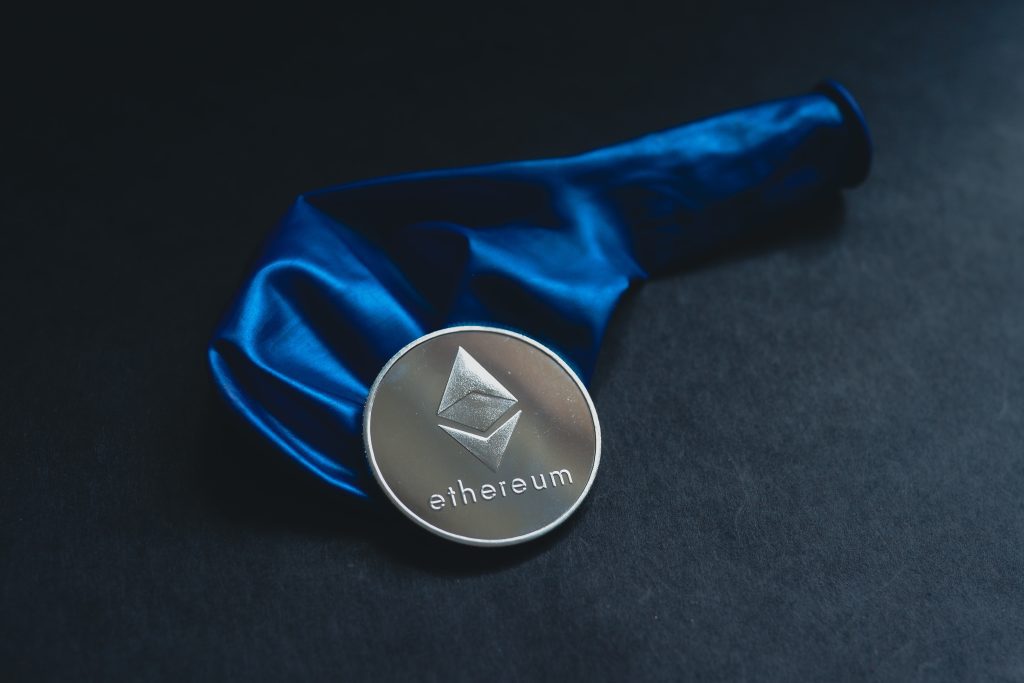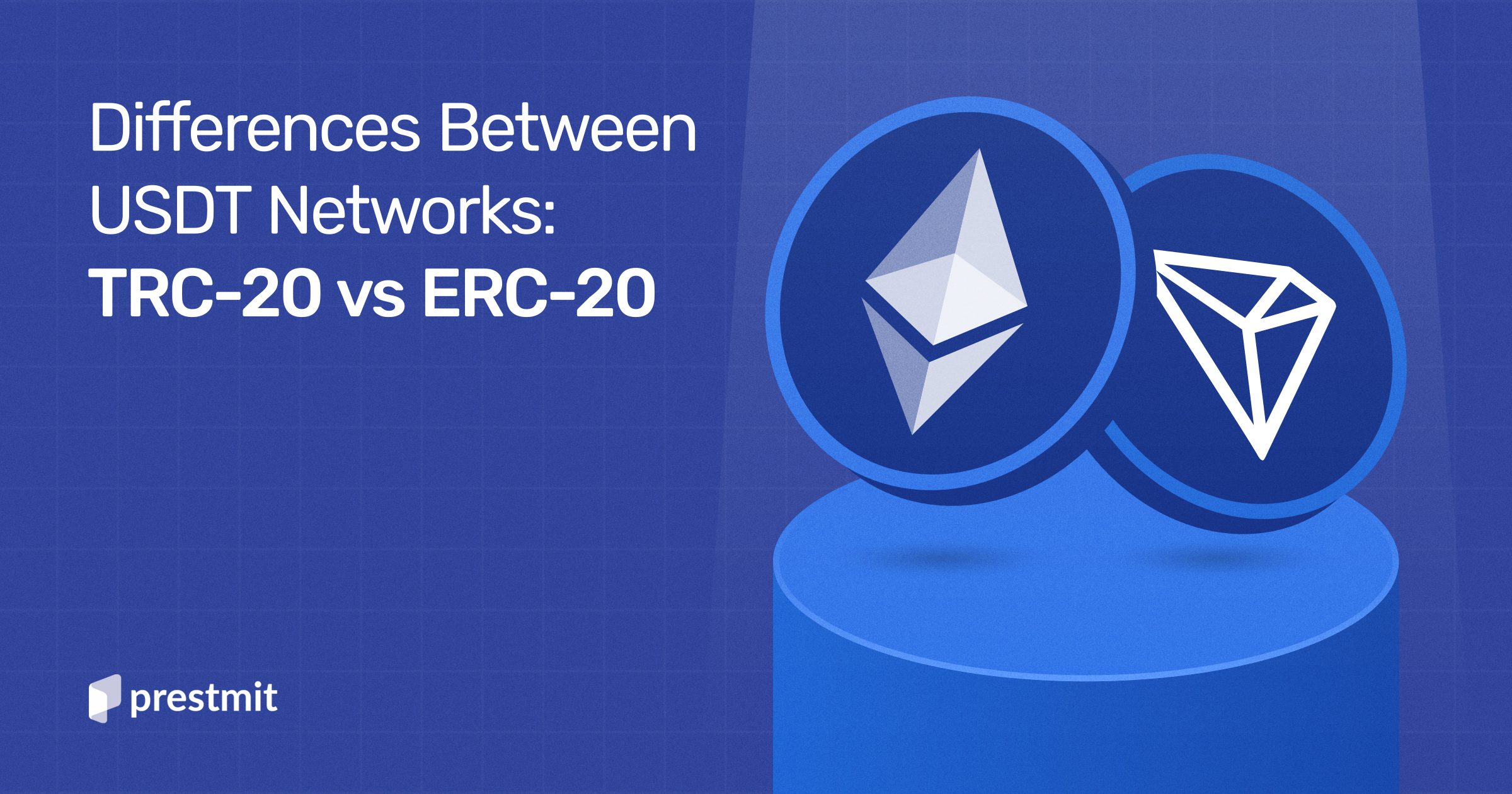Table of Contents
As cryptocurrency transactions reach new heights, USDT has emerged as the leading stablecoin with over $142 million market cap at the time of writing this article. However, many crypto users face a critical decision that impacts their transaction costs and speeds: Which USDT network should I use?
Tether issues the USDT token, and there is a difference between the TRC20 and ERC20 USDT. If you are new to the crypto scene, you have probably gotten confused whenever you read about TRC20 and ERC20, but don’t worry that’s what we’re here for.
Today, we’ll discuss the differences between the TRC20 and ERC20 USDT networks. At the end of the article, you’ll know what each of these token variations are, their differences, and which you should go for in different cases.
What is TRC20?

TRC20 is the token standard used to build smart contracts for tokens on the TRON blockchain. Also known as USDT TRC20, developers use the protocol to create tokens compatible with the TRON network. TRC20 is the updated version of the TRC10 token standard.
In other words, TRC20 is like a set of rules or a model that all tokens on the TRON network are built after for it to be fully compatible with the network’s smart contracts.
The USDT is a TRC20 token that exists on the TRON network. Other tokens using this standard are USDC, USDD, BTT and BUSD.
Features
- TRC20 tokens are standards or protocols that enable developers on the TRON network to create tokens.
- It uses the TRON Virtual Machine, which allows developers to assign functions to tokens, e.g., security tokens, governance tokens, etc.
- It is compatible with tokens on the Ethereum network.
What is ERC-20?

ERC-20 is the token protocol for creating tokens on the Ethereum blockchain. It is the technical model used for smart contracts on the Ethereum blockchain. ERC-20 is a set of rules developers use to design tokens compatible with the Ethereum network. These rules determine the interaction between tokens, including how users transfer the token.
USDT ERC20 is just a variant of the Tether token that is supported on the Ethereum network.
Examples of ERC20 tokens are USDT, BUSD, SHIB, USDC, and DAI
Features
- The ERC20 token standard uses the Ethereum Virtual Machine (EVM), allowing users or developers to create tokens and assign functions to them.
- Users can transfer ERC20 tokens within the Ethereum chain and across other chains.
What is the Difference Between USDT TRC20 and ERC20?
Remember we said that USDT is one of the tokens on the Tron and Ethereum networks. The differences are not so much, but they are present.
You can think of TRC20 and ERC20 networks as different highway systems. Even though both can get you to your destination (which in this case is sending USDT), they have different speed limits and toll fees. For instance, I once had to send $100 USDT on TRC20 to a client, and it cost me $1 in fees and took 3 minutes to process, but if I had done the same transaction on ERC20 it would have cost $15 and taken about 5 minutes.
The differences are a little, but they are present and are as follows.
- Blockchain
- Speed of transaction
- Transaction costs
- Security
1. Blockchain
USDT TRC20 is developed and issued on the Tron blockchain, while the USDT ERC20 runs on the Ethereum network. They’re the same token but just on different ecosystems of sorts. USDT TRC20 has a contract address that starts with “T”, while the USDT ERC20 version has its contract address starting from “0x. The same applies to all tokens on the Tron and Ethereum blockchain.
2. Speed of Transaction
Some authorities, like Guarda Wallet, say that one major difference between ERC20 and TRC20 tokens is that TRC20 tokens have a faster transaction speed than ERC20 tokens. TRC20 token transactions typically take about 3 minutes, while ERC20 counterparts take up to 15 minutes. While the Tron network can process up to 2000 transactions a second, the Ethereum network can handle only 15 each second.
3. Transaction Costs
TRC20 transactions have fewer gas fees than ERC20 because Tron transaction fees are much less than Ethereum’s. This is why many traders transfer their USDT to Tron for transactions.
As of February 2025, typical TRC20 USDT transfer fees range from $1-2, while ERC20 transfers can cost as high as $30-35 depending on network congestion.
4. Security
Although no evidence supports this claim, ERC20 tokens, one of which is USDT, are safer than TRC20 because they have been around longer than TRC20 tokens. That establishment gives a sense of higher security. But crypto mavins opine that they’re equally secure.
The table below gives a clear glimpse of the major differences between TRC20 and ERC20
| Feature | TRC20 USDT | ERC20 USDT |
| Network | Tron | Ethereum |
| Avg Speed | 3-5 minutes | 15 minutes |
| Typical Fee | $1-2 | $30-35 |
| Security Level | High | Very High |
Which USDT Network Should You Choose?
The USDT network to use depends on the transaction you are about to make and the amount of money involved.
Choose TRC20 USDT if:
- You’re making frequent, smaller transactions (under $1,000)
- Transaction speed is critical to your trading strategy
- You’re particularly fee-conscious
- Your exchange/wallet specifically supports TRC20
Choose ERC20 USDT if:
- You’re making large transactions (over $10,000)
- You need maximum security and reliability
- You’re interacting with Ethereum DeFi protocols
- Your destination platform only supports ERC20
For example, a good friend of mine needed to send $1,000 USDT to a trading platform during peak hours. Using TRC20 saved him $28 in fees compared to ERC20. His transaction was completed in under 3 minutes, while another friend of ours Jacob who used ERC20 for a similar transaction waited over 15 minutes for confirmation and paid significantly more in fees.
The Future of USDT Networks
The landscape of USDT networks is experiencing significant change in multiple aspects. Ethereum’s Layer-2 scaling solutions, particularly projects like Arbitrum and Optimism, are making massive progress in reducing transaction fees for ERC20 USDT. These innovations are addressing one of the primary pain points that users have faced when trading USDT on Ethereum’s main chain.
Meanwhile, the TRON network continues to implement important upgrades focused on transaction processing. These enhancements are further optimizing TRON’s already impressive transaction speeds for USDT, reinforcing its position as a preferred network for users prioritizing efficiency and cost-effectiveness.
Perhaps most promising are the advances in cross-chain technologies, which are increasingly making USDT transfers between different networks more seamless than ever before. These solutions are gradually wearing off the friction that has previously existed when moving Tether between blockchain ecosystems, creating a more interconnected and fluid USDT environment for users across the crypto space.
Frequently Asked Questions (FAQs) About TRC20 And ERC20 USDT
Are ERC20 And TRC20 USDT The Same?
No, ERC20 and TRC20 USDT are not the same. They’re stablecoins, both issued by Tether, but they’re different because Tether issues them on different blockchains with different types of code.
Which USDT Is Better?
Many crypto traders consider the TRC200 to be the better variation. Both USDT versions are good, and have different offerings. ERC20 USDT has more versatility than TRC20 USDT regarding how it can be developed and shared. However, the latter has lesser gas fees and is excellent for beginning traders.
Can I transfer USDT Between ERC20 And TRC20?
Yes, you can transfer USDT from Ethereum to TRON and vice-versa. It creates liquidity across the chains and allows users the freedom to transact in their best interests. You can also sell USDT from any network on websites that support the token.
How Do I Know If My USDT Is TRC20 Or ERC20?
You can know if your USDT is TRC20 or ERC20 by checking the token contract address. The token address is the difference between these two USDT versions. ERC20 USDT has an address that starts with 0x, as do all other Ethereum-based tokens. TRC20 USDT, on the other hand, has its address starting with ‘T’.
How Many Networks Does USDT Have?
USDT is issued on up to six different networks, including Ethereum, TRON, Bitcoin, Algorand, EOS, and OMG.
Are There Wallets That Support TRC20 And ERC20 USDT?
Yes, many wallets support both USDT versions. Some of them are Guarda, Ledger, and Trust Wallets. Several others do if you prefer other options.
Can I Send TRC20 USDT To An ERC20 Address?
No. Sending TRC20 USDT to an ERC20 address (or vice versa) will likely result in permanent loss of funds. Always verify network compatibility before making any transfers.
Which USDT Network Should I Choose For trading?
For frequent traders making multiple transactions daily, TRC20 offers significant savings on fees and faster confirmation times. For large transactions requiring maximum security, ERC20 may be preferable despite higher costs.
Conclusion
USDT is a token existing on both the Tron and Ethereum networks. Tokens on these networks are classified under TRC20 and ERC20, respectively. These USDT networks differ in the code used to develop them, the transaction costs, the difference in blockchains, and development potential.
Crypto traders usually prefer to use the TRC USDT because of the low cost of transactions. TRON is also a faster network, so transactions done with the tokens on the chain are equally faster than the ones on the Ethereum chain.
Be sure you find a wallet that allows you to store the two USDT versions. That way, you can swap USDT across the two networks.
Last updated on August 13, 2025

